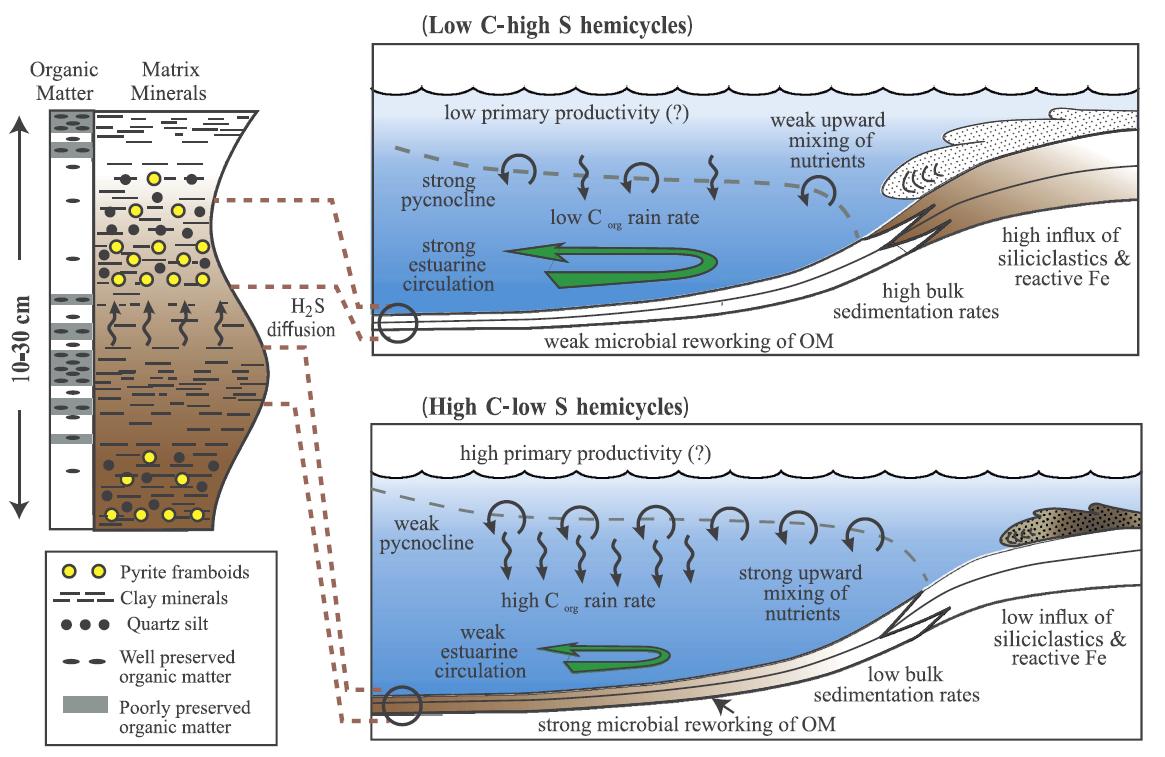报告人:Prof. Thomas Algeo
报告人单位:University of Cincinnati
报告地点:图书馆三楼报告厅
主办:重点实验室、科技处、人教处、青促会

报告人简介:
Thomas Algeo completed his Ph.D. at the University of Michigan in 1989 and worked at an oil company before joining the faculty of the University of Cincinnati in 1991. He has specialized in the development of elemental proxies for paleoenvironmental analysis, laying the foundation for the modern approach to reconstruction of redox, salinity, and productivity conditions, as well as other environmental parameters such as watermass restriction, in paleoenvironmental systems. He has studied all of the Big Five mass extinctions and is the author of a leading theory for the Late Devonian extinctions, linking them to the evolution of vascular land plants. His research has included many aspects of paleoclimatology.
报告1:Theory and classification of mass extinction causation
报告时间:6月20日(周四)下午03:00
报告1简介:
Theory regarding the causation of mass extinctions is in need of systematization. Every mass extinction has both an ultimate cause, i.e., the trigger that leads to various climato-environmental changes, and one or more proximate cause(s), i.e., the specific climato-environmental changes that result in elevated biotic mortality. With regard to ultimate causation, strong cases can be made that bolide (i.e., meteor) impacts, large igneous province (LIP) eruptions, and bioevolutionary events have each triggered one or more of the Phanerozoic Big Five mass extinctions, and that tectono-oceanic changes have triggered some second-order extinction events. With regard to proximate mechanisms, most extinctions are related to either carbon-release or carbon-burial processes, the former being associated with climatic warming, ocean acidification, reduced marine productivity, and lower carbonate d13C values, and the latter with climatic cooling, increased marine productivity, and higher carbonate d13C values. In this context, mass extinction causation can be usefully classified using a matrix of ultimate and proximate factors (see figure).

Figure: Classification of mass extinctions, based on a combination of ultimate (y-axis) and proximate (x-axis) causation. The Big Five Phanerozoic mass extinctions are shown in bold.
报告2:Paleoenvironmental analysis of black shales
报告时间:6月21日(周五)上午10:00
报告2简介:
Black shales can provide information about many aspects of paleoenvironments, including redox, salinity, temperature, productivity, weathering, and watermass restriction. The modern approach to analysis of paleoenvironmental variation in black shales was developed by Prof. Algeo and his colleagues and students over the past 20 years. This talk will examine geochemical and petrographic proxies used in such studies and provide an in-depth example of their application to Upper Devonian black shales of the Appalachian and Illinois basins (U.S.A.).

Figure: Reconstruction of environmental variation linked to small-scale (ca. 20-kyr) cycles in Upper Devonian black shales of the Ohio, New Albany and Chattanooga formations (U.S.A.).
